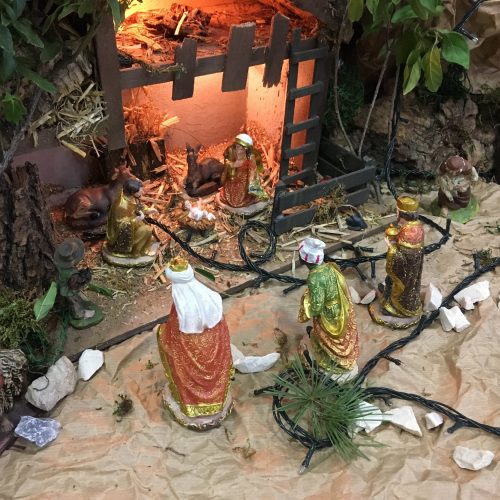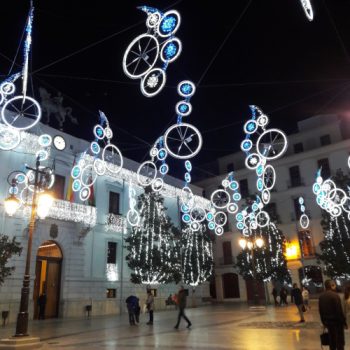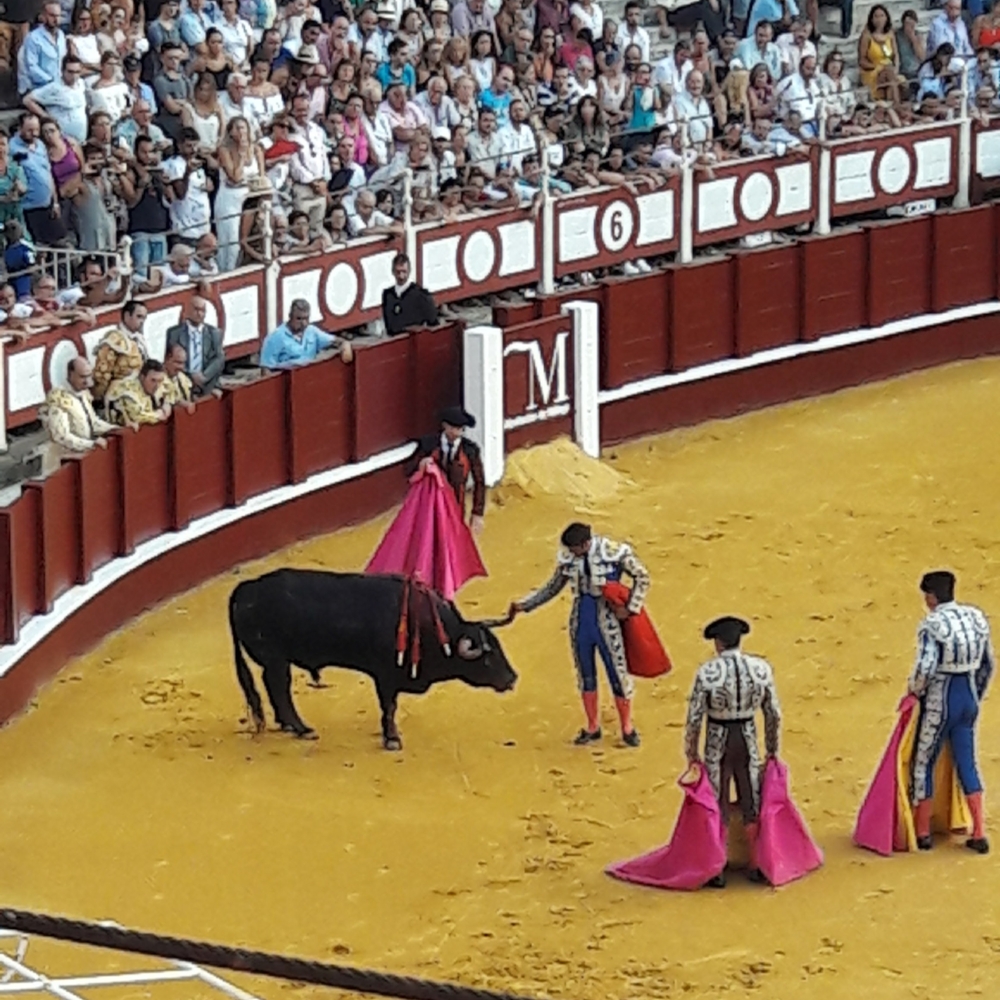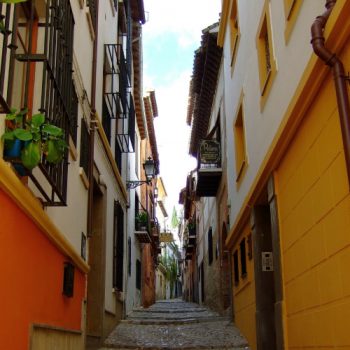
Traditions: Bélenes (Nativity Scenes) in Spain
 As Spain is a historically Catholic country*, it is no surprise that the biblical events around Christmas play an important role in the community and homes of residents. We have already talked about the importance that los Reyes Magos—the Three Kings or Magic Kings in Spanish—have during this time of the year, but we should also mention the role of Nativity Scenes or Belénes. Found in almost all Spanish cities, these displays representing the birth of Jesus seem to be for Spaniards what Christmas trees are in other places.
As Spain is a historically Catholic country*, it is no surprise that the biblical events around Christmas play an important role in the community and homes of residents. We have already talked about the importance that los Reyes Magos—the Three Kings or Magic Kings in Spanish—have during this time of the year, but we should also mention the role of Nativity Scenes or Belénes. Found in almost all Spanish cities, these displays representing the birth of Jesus seem to be for Spaniards what Christmas trees are in other places.
Like Nativity Scenes back home, all Belénes here will have the main part with Mary, Joseph, the baby, and some animals in the manger. However, it is rare that the designers don’t go above and beyond this simple scene that we often seen in the U.S. as well. Here they even dedicate whole markets to being able to buy little figurines representing everyone from the shepherds (complete with their sheep, etc.) to little towns to be placed close to the manger. And, in Catalonia, we can see a special tradition where all Belénes have a little man squatting in a corner pooping to represent good harvests in the year to come.
Note: Read more about Catalan Christmas traditions here if you want to see what other kinds of things they are up to this time of year.
In fact, in Spain, we would say that the pride of creating a special Belén has gone beyond the religious implication and now has a very social importance as well. There are three main levels that we can see the impact that these scenes have in a local community:
 In squares
In squares
In the main square of almost all larger cities (and even some smaller ones) you will be able to see a large, tent-covered Belén. These Belénes are usually free to access, and you will be able to walk through the tent to be able to see what is inside. And, on occasion, whoever has designed the Belén will set up some sort of show inside (such as changing the light as if the sun was coming up and setting). If you have the opportunities to visit one or two of these massive Belénes, you will surely be surprised at how much work and effort went into creating the scenes you are seeing and organizing all the little details.
In stores/establishments
In addition to having Belénes in public spaces, many private establishments also create their own Nativity scenes around the holidays (sometimes accompanied by a Christmas tree but more often than not, stand alone). Depending on whether or not the community has such a contest, these scenes may or may not be part of a local competition to see who has the best—read most detailed—Belén. As many places have very intricate stories that are put together during the holiday season, they are beautiful to look at while walking around a city center.
 In houses
In houses
Just like many houses in the U.S. and U.K. have Christmas trees at this time of year, many people in Spain have their own private Nativity Scenes. In many Christmas markets around the city you can find little bits and pieces that are made to go into a Belén. Many families start with the basics and buy a piece or two every year to keep the scene growing. And, like many people do with Christmas ornaments, deciding on how to organize one’s Belén takes time and is often a source of pride.
Have you seen any Belénes? What are you favorites? Or perhaps you are building your own? Let us know in the comments!
*Keep in mind that considering Spain a practicing Cathoic country today is debatable, read this article for more information on Spain’s Catholic-but-not-Catholic status.




